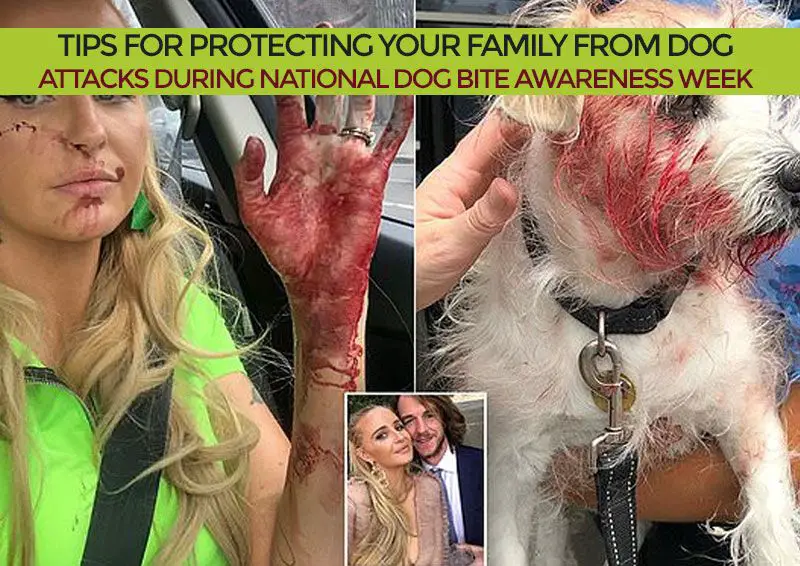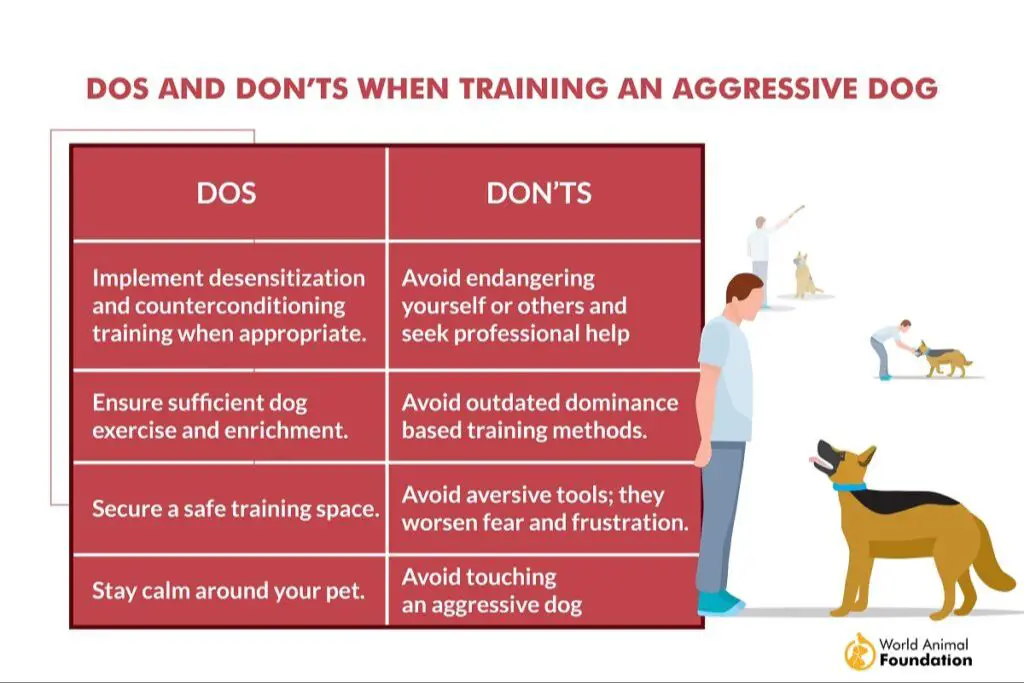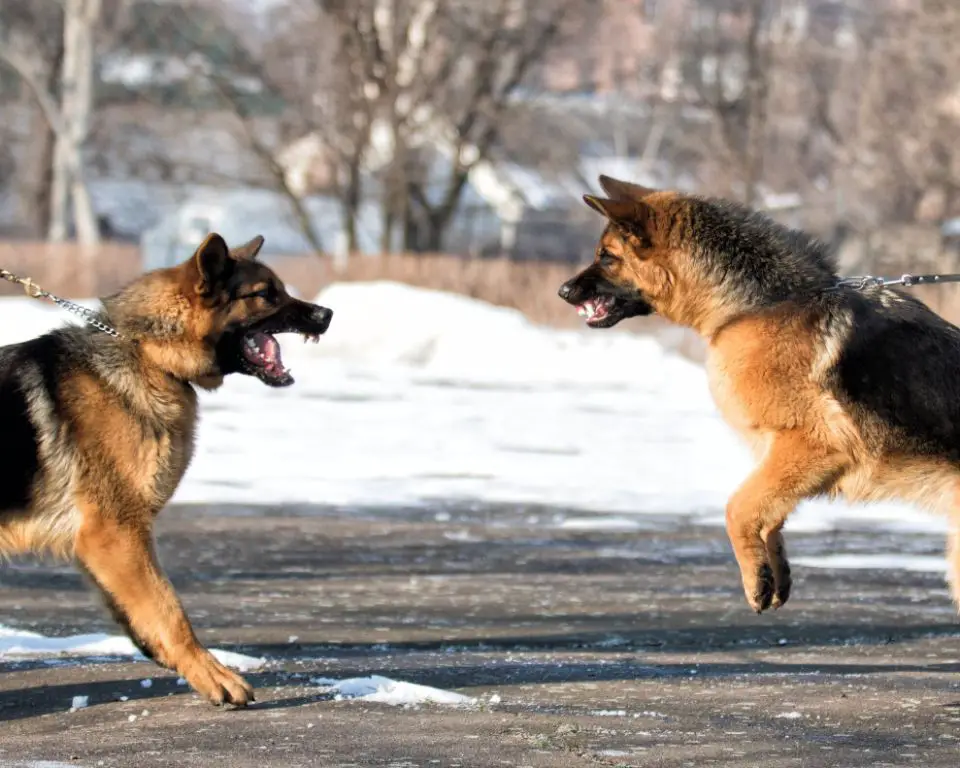When Good Dogs Do Bad Things
While Fluffy may be a beloved family pet, dogs are animals with instinctual behaviors that, when triggered, can lead to unfortunate incidents. According to the CDC, dogs bite 4.7 million people each year in the United States, 800,000 of which require medical care. Despite these incidents, most dogs are loving companions that live peacefully with humans. However, it only takes a momentary lapse in judgment or provocation by another dog, person, or child for an otherwise friendly dog to snap.
Why Dogs Attack
There are several reasons why dogs may show aggression and attack people or other animals:
Territory/Protection – Dogs are highly territorial and protective. They view their home and family as their “pack” and will try to guard it against any perceived intruders or threats. Barking, growling and even biting are ways dogs try to defend their territory.
Fear – When dogs feel scared or threatened, they may bite as a protective instinct. Loud noises, unfamiliar people or animals, and strange environments can cause fear-based aggression in dogs.
Predatory Instinct – Some dogs have a strong prey drive wired into them, especially terriers and hounds. Fast movements or high-pitched noises can trigger their instinct to chase and attack.

Sick/Injured – Dogs in pain from an illness or injury may snap or bite if they feel threatened. They cannot communicate their discomfort and act out defensively instead.
Levels of Aggression
Not all aggressive behaviors are equal when it comes to dogs. There are different levels of aggression that require different responses.
On the less serious end, mouthing or nipping during play is normal canine behavior. While owners should discourage nipping, it does not necessarily indicate an aggressive dog. However, a dog that repeatedly nips or mouths people should receive training to curb this behavior.
Full-on attackswhere a dog bites and injures a person or animalare much more serious. A single, isolated incident may be the result of specific circumstances that are unlikely to be repeated. For example, a dog may attack if feeling threatened or defending its territory. However, repeated attacks indicate habitual aggression, which requires interventions such as behavioral training or rehoming.
The law makes distinctions between milder forms of aggression like mouthing versus severe attacks. Generally, euthanasia is only considered in extreme cases of repeated, unprovoked attacks resulting in serious injury.
Legal Consequences
When a dog attacks and injures another person or animal, there can be legal consequences for the owner. Here are some potential legal issues to be aware of:
Liability for Injuries and Damages: The dog owner may be financially liable for any injuries, medical bills, or other damages resulting from the attack. This can include compensation for pain and suffering. The legal concept of “strict liability” often applies in dog bite cases, meaning the owner is responsible regardless of whether they were negligent or at fault.
Dangerous Dog Declarations: If a dog has exhibited dangerous behavior, such as inflicting a serious bite injury on a person, the dog may be legally declared “dangerous” by a judge. This places restrictions on keeping the dog, such as muzzling when in public, posting warning signs on the property, and obtaining liability insurance.
Probation or Restraint Orders: The court may order that the dog be confiscated or placed under certain probation terms, such as being required to attend obedience training. Alternatively, the owner themselves may be ordered to comply with certain conditions (like muzzling) in order to keep the dog. Restraint orders may also limit the dog being taken to public places like dog parks.
Knowing the potential legal consequences is an important part of being a responsible pet owner. Consulting with an attorney can help you understand the laws in your jurisdiction and how to protect yourself and your pet from liability.
Euthanasia Decisions
The decision to euthanize a dog that has attacked another dog depends on several factors, including:
Severity of injuries – If the injuries inflicted by the attacking dog were very severe or even fatal to the victim dog, euthanasia may be recommended. Severe bites that require extensive medical treatment could also warrant euthanasia.
History of repeated attacks – Dogs with a history of multiple, unprovoked attacks on other pets are more likely to be considered for euthanasia. A single isolated incident may not be enough to warrant it if the dog has shown no prior signs of aggression.
Ability to retrain/rehabilitate – The possibility for retraining and behavioral rehabilitation will factor into the euthanasia decision. Younger dogs with no medical conditions contributing to aggression may have potential for reform through training with a canine behavioralist. Dogs who display persistent aggression issues despite attempts at behavior modification are more at risk of being euthanized.
Avoiding Attacks
There are several steps owners can take to help prevent their dogs from attacking other dogs.
Proper Socialization
Socializing your dog from a young age is crucial for ensuring they feel comfortable around other dogs later in life. Introduce puppies to a wide variety of people, places, sounds, and animals in a positive and controlled way. Attend puppy training classes so they learn how to properly interact with others.
Training
Basic obedience training is essential for any dog, but especially energetic, dominant, or reactive breeds prone to aggression. Trainable behaviors like “sit,” “stay,” and “leave it” can give owners more control in tense situations with other dogs. Consider advanced training for confirmed aggressive dogs.
Supervision
Always supervise interactions between your dog and strange dogs, especially in uncontrolled environments like dog parks. Pay attention to body language and intervene at the first sign of trouble. Keeping your dog leashed around new dogs can also help maintain control.
Managing Aggressive Dogs
If your dog has shown aggressive tendencies, take steps to manage their behavior through training and careful monitoring of interactions. Some tips include:
Muzzle Train Your Dog – Acclimate your dog to wearing a basket-style muzzle. Have them wear it during walks or interactions with people/dogs. This prevents biting incidents.
Consult Your Veterinarian – Your vet can refer you to a veterinary behaviorist. They can prescribe medication to help manage aggression issues stemming from anxiety, fear or compulsion.
Manage Interactions – Avoid situations that trigger your dog’s aggression. When encountering triggers, create distance and use verbal cues to refocus your dog’s attention on you. If greeting other dogs, keep leashes loose so tension doesn’t escalate aggressive reactions.
With dedication and expert guidance, consistent training can help curb aggressive tendencies in dogs. But the underlying welfare of the animal, other pets and people should take priority when evaluating options for an aggressive dog.
Rehoming Aggressive Dogs
For dogs that show aggressive tendencies but are not severe, rehoming through rescue organizations or shelters may be an option. Rescues that specialize in behavioral issues may have experience managing and rehabilitating aggressive dogs. Careful screening will be done to match the dog with adopters equipped to handle their needs.
The rescue will conduct thorough evaluations of the dog to determine the level of aggression and circumstances that trigger it. This helps create a training and management plan. Meetings prior to adoption allow adopters to learn techniques to keep people and other pets safe.
Rescues take time to find the right home – someone fully committed to the dog with realistic expectations. The adopter should have prior experience with strong, reactive dogs. The home environment must be suitable, with no young children present. Proper containment and supervision are required at all times.
The rescue will provide ongoing support as the dog transitions. Follow up consultations ensure the placement is going well. If issues arise post-adoption, the rescue takes back the dog rather than having the adopter abandon the dog.
With structured programs and support networks, many dogs with manageable aggression can be adopted into homes able to provide for their specialized needs.
When Euthanasia is Necessary

While euthanasia is a difficult decision, in some cases it may be necessary for public safety or if all other treatment options have failed. Reasons when euthanasia may be recommended for an aggressive dog include:
- Unprovoked repeated attacks causing injury – If a dog has attacked multiple times unprovoked, especially if the attacks have caused serious injury, euthanasia may be considered. Repeated unprovoked aggression suggests an unacceptable risk to public safety.
- Failure of training/management – If professional training and behavior modification efforts have failed to resolve a dog’s dangerous aggression issues, euthanasia may be a last resort. Responsible management like keeping the dog leashed, muzzled and separated is essential but if this still cannot prevent attacks, the dog’s quality of life is also diminished.
- Public safety concerns – Euthanasia may be necessary if the dog poses a significant, unmanageable threat to public safety. This is more likely after repeated unprovoked attacks but could arise after a single egregious attack depending on the circumstances.
The decision to euthanize an aggressive dog is complex and rests with the owner. Veterinary or animal behaviorist guidance can help assess if euthanasia is the most humane option after all others have failed. Public safety must be the priority but euthanasia is still emotionally difficult.
Conclusion
If your dog has attacked another dog, it can be an extremely difficult and emotional situation. However, there are steps you can take. First, have your dog thoroughly evaluated by a veterinarian and animal behaviorist to understand the cause and severity of the aggression. In many cases, aggression can be managed through proper training, socialization, supervision, and precautions.
Consider whether rehoming is an option, especially if children are involved and the risk is deemed too high. While euthanasia may be necessary in certain circumstances, it should always be a last resort after all other options have been exhausted. Work closely with professionals to determine the best path forward. Most importantly, know there are resources available to help you make the best decision for your pet. Don’t hesitate to seek professional help from trainers, behaviorists, your vet, or online support groups. With patience and proper management, many dogs can go on to live long, happy lives despite a history of aggression.
While this situation is difficult, don’t lose hope. With compassion and commitment to your dog’s wellbeing, you can identify the best path forward together.
